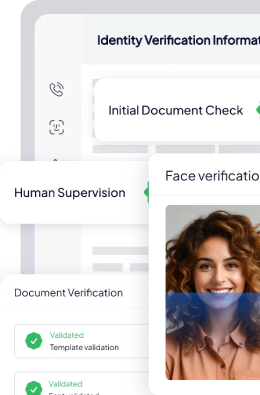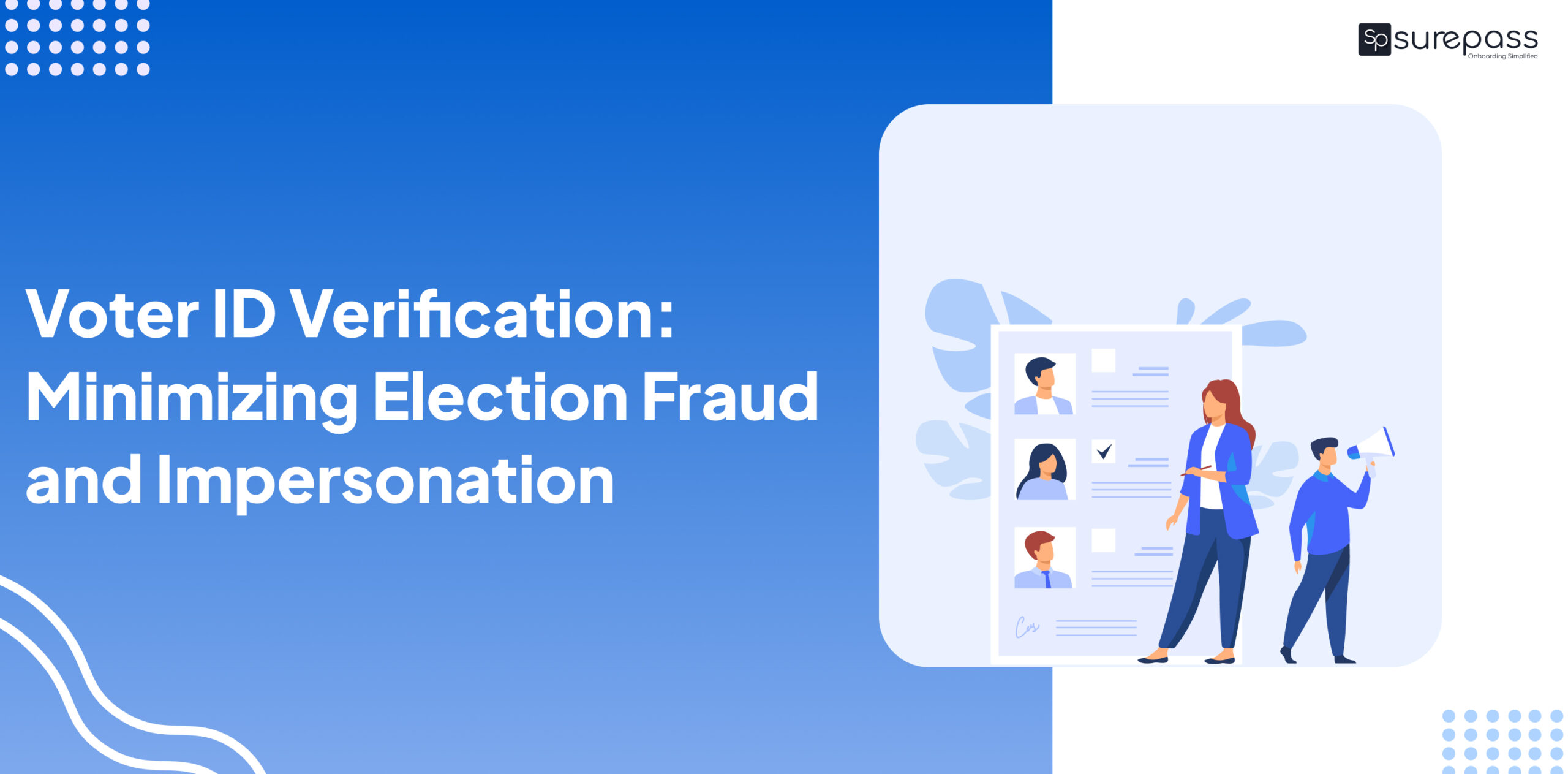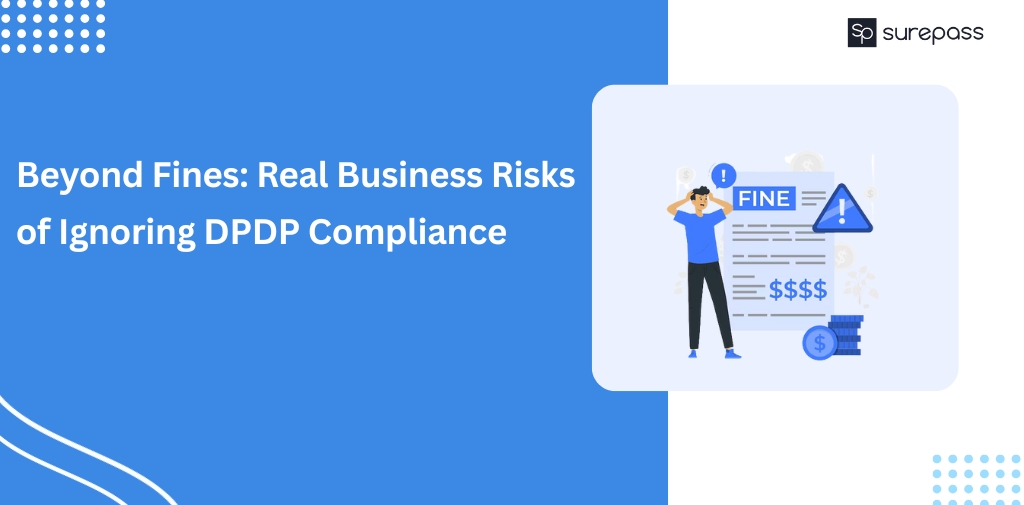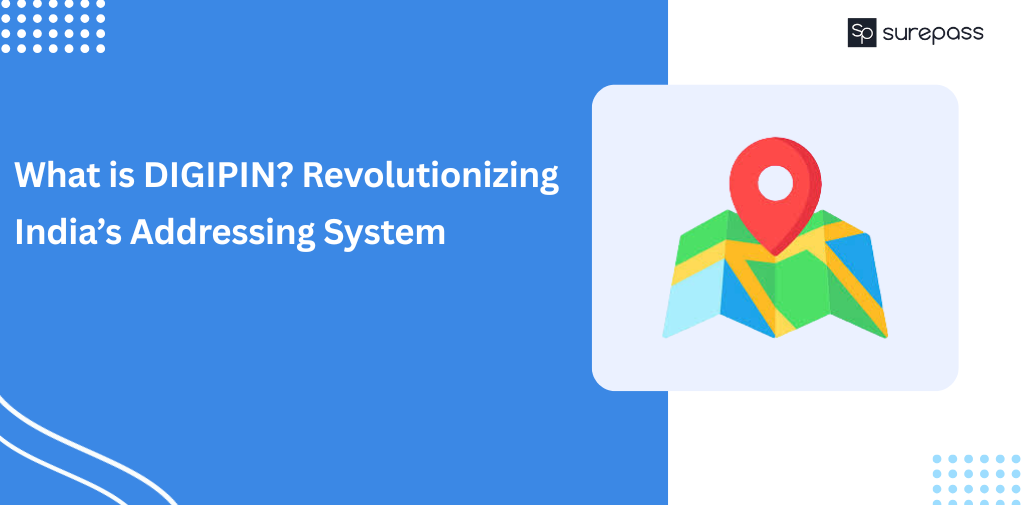1. Introduction
Any democracy recognizes the right to vote as a fundamental freedom. It empowers citizens to elect their representatives and shape the course of the nation’s governance. To maintain the sanctity and trustworthiness of elections, countries worldwide have implemented various measures. In this article, we will explore the significance of voter ID verification, its different forms, and how it ensures fair and transparent electoral processes.
2. What is Voter ID Verification?
Voter ID verification is a process that aims to validate the identity of a voter before allowing them to cast their ballot. It is a crucial step in preventing electoral fraud and ensuring that each vote comes from a legitimate and eligible citizen. Verification can take place through different methods, such as in-person verification at polling stations or online verification through official websites or mobile applications.
3. The Importance of Voter ID Verification
The significance cannot be overstated. It acts as a safeguard against potential electoral malpractices and manipulations. By verifying voters’ identities, authorities can minimize the risk of impersonation, multiple voting, and other fraudulent activities. This ensures that the election results truly represent the will of the people, fostering public trust in the democratic process.
4. Types of Voter ID Verification
In-Person Voter ID Verification
One of the most common methods is in-person verification at polling stations. Voters are required to present their physical voter ID cards or other government-issued identification documents. Election officials verify the details on the ID card with the electoral rolls to confirm the person’s eligibility to vote.
Online Voter Card Verification
In the digital age, online voter card verification has gained popularity. Citizens can visit the official election commission website or dedicated portals to verify voter id card details by entering specific personal information. This method provides convenience to voters and allows them to check their status from the comfort of their homes.
For instant verification, you should use Surepass, the best API provider in India. Here you can get access to various verification APIs like aadhaar verification, pan verification, gst verification, and many more which will help you and your business to verify various documents in one click.
Voter ID Verification through Mobile Apps
Mobile applications have simplified the process further. By installing the official election commission app, voters can complete the verification process using their smartphones. The app may use various methods, such as QR codes or biometric data, to verify the user’s identity.
Biometric Voter ID Verification
Biometric verification involves using unique physical characteristics, such as fingerprints or iris scans, to confirm a person’s identity. It adds an extra layer of security, making it challenging for individuals to impersonate others during voting.
QR Code-based Voter ID Verification
QR code-based verification has emerged as an efficient way to authenticate voter IDs. Each voter ID card contains a unique QR code that can be scanned at polling stations or through mobile apps to verify the individual’s information.
5. The Process of Voter ID Verification
Step 1: Registration
The first step in the verification process is registration. Citizens who have reached the legal voting age and fulfill other eligibility criteria must apply for a voter ID card. The election commission reviews the applications and issues voter ID cards to eligible applicants.
Step 2: Data Validation
Once the voter ID cards are issued, the election commission verifies the data to eliminate duplicate entries and ensure accuracy. This involves cross-referencing the information provided by applicants with existing records to identify any discrepancies.
Step 3: In-person Verification (if applicable)
In countries where in-person verification is required, voters must present themselves at the designated polling stations with their voter ID cards. Election officials validate the physical cards and match the voter’s details against the electoral rolls.
Step 4: Online Verification
For online verification, voters access the official election commission website or app and enter their unique identification details, such as voter ID number, date of birth, or biometric data. The system cross-checks this information with the voter database to confirm their eligibility.
Automate your KYC Process & reduce Fraud!
We have helped 200+ companies in reducing their user onboarding TAT by 95%
6. The Advantages of Voter ID Verification
Enhancing Electoral Integrity
Verification reinforces the integrity of elections by ensuring that only eligible citizens participate in the voting process. This minimizes the risk of fraudulent voting practices and strengthens the credibility of election outcomes.
Preventing Voter Fraud
By requiring voters to verify their identities, instances of impersonation and multiple voting can be significantly reduced. This helps maintain the fairness and authenticity of the electoral process.
Facilitating Smooth Electoral Process
Efficient voter ID verify streamlines the check-in process at polling stations, leading to shorter queues and reduced waiting times. This, in turn, encourages more people to vote and increases overall voter turnout.
Inclusive Voting Experience
Voter ID Verify measures are designed to be inclusive and not discriminate against any eligible voter. Special provisions are made for individuals with disabilities or those facing difficulties in obtaining ID cards.
Voter Empowerment
Knowing that their votes are protected from manipulation, voters feel empowered and confident in their ability to influence the political landscape through fair elections.
7. Challenges in Voter ID Verification Implementation
Despite its many advantages, the implementation of voter ID verification faces certain challenges:
Technological Limitations
In some regions, lack of technological infrastructure can hinder the effective implementation of online or biometric verification systems.
Accessibility Issues
Certain marginalized communities or remote areas may face difficulties in accessing voter registration centers or digital platforms.
Data Security and Privacy Concerns
Collecting and storing personal data for verification requires robust security measures to protect citizens’ privacy.
Addressing Impersonation Cases
Election authorities must be vigilant in detecting and preventing any attempts of impersonation during the verification process.
Cost and Infrastructure
Establishing and maintaining verification systems can be costly, requiring proper budget allocation and infrastructure development.
8. Ensuring Accessibility in Voter ID Verification
To address the challenges and ensure inclusivity, several measures can be adopted:
Outreach and Awareness Campaigns
Conducting awareness campaigns to educate citizens about the importance and process of verification can improve participation.
Mobile Verification Units
Deploying mobile verification units to reach remote areas and assist citizens in registering and verifying their voter IDs.
Collaboration with NGOs and Community Organizations
Partnering with non-governmental organizations and community groups can help facilitate the verification process and encourage higher voter engagement.
Digital Literacy Initiatives
Promoting digital literacy among citizens can empower them to use online verification platforms effectively.
Provision of Multi-language Support
Providing verification services in multiple languages ensures that language barriers do not hinder citizens from participating in the process.
9. The Future of Voter ID Verification
As technology continues to advance, the future of voter ID verification holds exciting possibilities:
Biometric Advancements
Advancements in biometric technology may lead to even more secure and convenient methods.
Blockchain Technology in Voter ID Verification
Blockchain’s inherent security features could revolutionize the way voter ID information is stored and verified, making it tamper-proof and transparent.
AI-driven Verification Process
Artificial intelligence can streamline and expedite the verification process, ensuring quicker and more accurate results.
Streamlining the Voter ID Correction Process
Efforts can be made to simplify and expedite the process of correcting errors in voter IDs, reducing bureaucratic hurdles for citizens.
10. Frequently Asked Questions (FAQs)
- What documents are required for voter ID verification?
-
- To verify their identity, voters typically need to present their physical voter ID card or other government-issued identification documents, such as a passport or driver’s license.
- Can I verify voter id cards online?
-
- Yes, many countries offer online platforms where citizens can verify their voter card details by entering specific personal information.
- How can I correct errors in my voter ID?
-
- If you find errors in your voter ID, you should contact the election commission office in your area and follow the prescribed procedure for correction.
- Can I track the status of my voter ID verify online?
- Yes, in some regions, citizens can track the status of their voter ID verification online through the official election commission website or mobile app.
Conclusion
Voter ID verify online plays a vital role in upholding the democratic principles of fair and free elections. By verifying the identity of voters, it ensures the integrity of the electoral process and enhances public trust in democracy. To address challenges and make the process more accessible, authorities must continue to innovate and adopt technologies that prioritize inclusivity while safeguarding citizens’ data and privacy. Embracing these advancements will pave the way for a more robust and transparent electoral system, securing the foundation of democratic societies.





